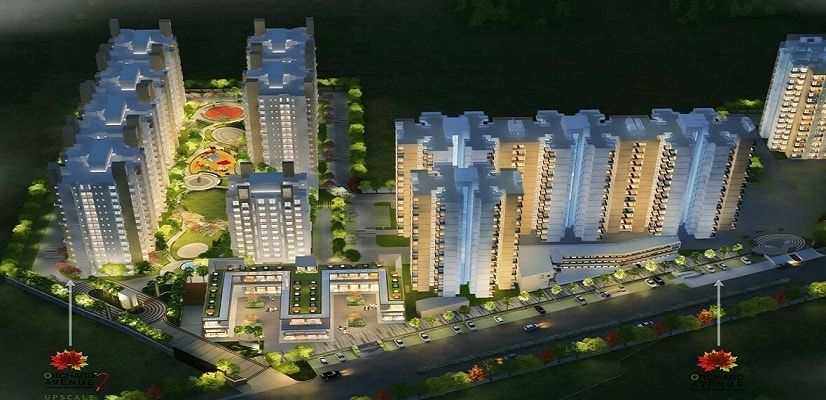Whether you’re a home buyer or seller, you must be wondering with RERA into play how will it impact you? This article covers all aspects of RERA. Let’s start with, what is RERA?
Passed by the Rajya Sabha on 10 March 2016 followed by the Lok Sabha on 15 March 2016, RERA or Real Estate (Regulation and Development) Act came into force on 1 May 2016. It’s an attempt to regulate the highly unregulated real estate sector by bringing accountability and transparency into the real estate sector. Real estate is regulated by the state government, many states and UT have implemented RERA.
The key takeaway from the Act:
1. Definition of carpet area
The act defines carpet area as the net usable area excluding the balcony or veranda or open terrace area and four walls surrounding but it includes the area covered by an internal partition. Now, buyers don’t have to pay for the super built areas.
2. Registrations of Projects
To make the process more transparent, before launching a project such as a residential/commercial project, builders have to register or get approval from the State real estate regulatory authority. It also makes advertising before getting an approval impermissible. Before buying a project make sure it is RERA certified.
3. Redressal Mechanism
To make sure that the project is completed within the stipulated time as promised to the buyer; RERA also seeks to promote Redressal Mechanism for any grievances. In case the developer is not able to finish the project within the timeline, the developer is liable to pay a total of 10% of the project cost and can be imprisoned up to 3 years. Builders can also lodge a complaint against buyers in case of due payment.
Click here for homes in Gurgaon under RERA Act: Affordable Housing Projects In Gurgaon
4. Corpus Fund
Another issue that RERA aims to tackle is the general excuse given by developers for the delay in the project is lack of funds. RERA mandates developers to put 70% of the potential buyer’s money in an escrow account and the withdrawal amount should be in proportion to the completion of the project.
5. Quality of Construction
With RERA, developers are to be held accountable for the quality of construction and repairing structural defects in a project up to a time frame of 5 years. This is to ensure that buyers don’t have to suffer in case there’s an issue at the developer’s end.
6. Transparency
To make the process more transparent the regulatory authorities will have to publish all the information like any litigation, financials, an advertisement about the developers in detail. This is for buyers to make a sound decision while purchasing.
RERA for homebuyers
If you’re a homebuyer, with RERA, you can make an informed decision while purchasing a home or a property. Here is how RERA will benefit you:
Disclosures
Now, you can access information easily. All the information about new projects or developers like financial information or litigations shall be disclosed by the developers before they register for a new project. This gives you a fair detail to make an informed decision before you buy a house.
Checks and Balances
RERA keeps a check and balance on issues like announcement and advertisement of pre-approved projects, changes in plan, non-completion of projects on time or any other issue promised by the developer at the time of purchase. This can boost the confidence of a buyer.
Credibility of developers
Developers will now be more cautious and accountable while building projects as it’s developers’ responsibility to finish the project on time and maintain or repair it for 5 years in case of any issue. Additionally, all the information published by the developer on the website can’t be modified.
Although, RERA is just launched it aims to make the real estate sector more transparent and accountable with its mandates. Now, it’s up to state governments how they implement RERA. A lot of larger awareness is needed to make sure that the benefits of RERA reach its targeted audience. With the National Real Estate Development Council’s (NARDECO), the future of RERA in the Indian real estate sector looks promising.
Check Leader In Affordable Homes Under RERA Act In Gurgaon, Karnal, Ghaziabad: Affordable 2BHK Flats In Gurgaon








